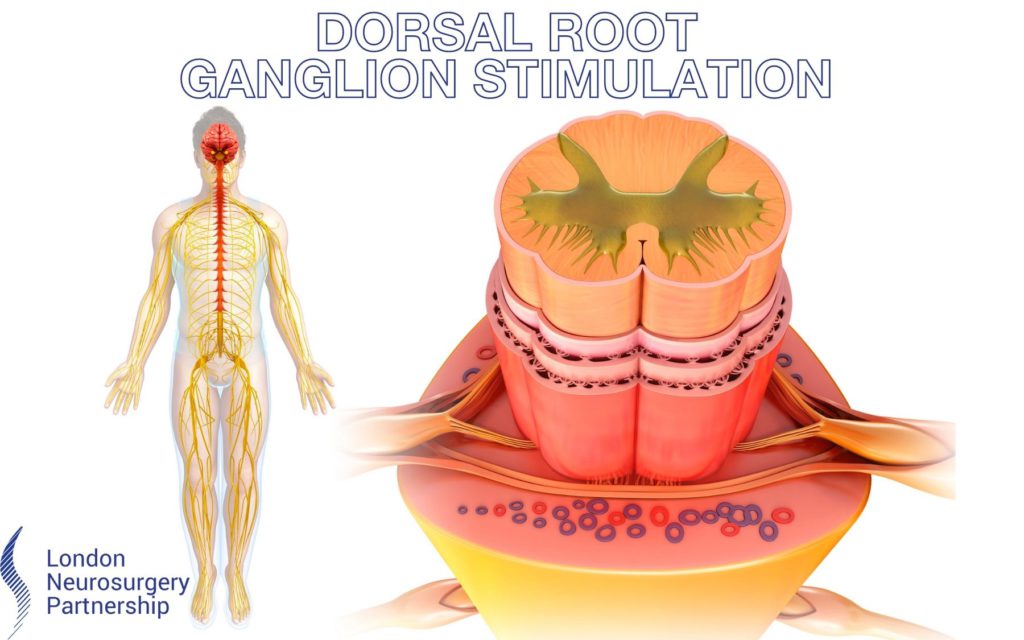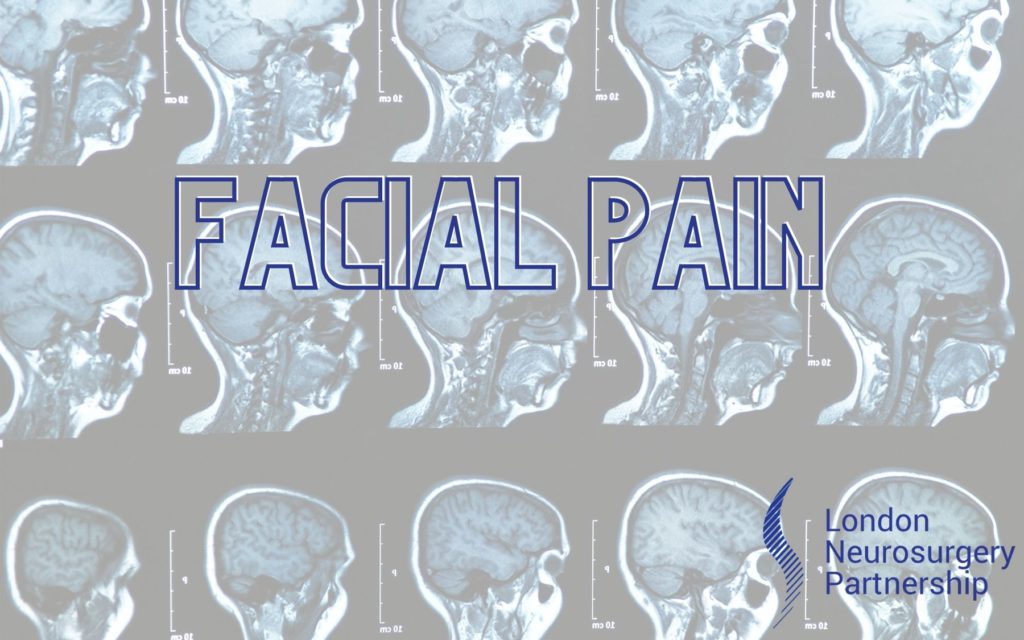
A dural fistula is a vascular anomaly which can be present in the lining (dura) which surrounds the brain and spinal cord. A fistula is an abnormal communication between and artery and a vein, which means that high pressure blood from an artery can enter the vein and create an unstable situation.
A dural fistula is often discovered incidentally when a patient has a scan for another reason. Although a dural fistula can give rise to symptoms and can bleed due to the high pressure blood, it can also be present without symptoms.
Symptoms of a dural fistula include:
- Tinitus
- Hearing problems
- Symptoms associated with the inner ear
Dural fistulae are subdivided into categories depending on the way the veins exiting the fistula point and how they are distributed on the brain. This is important for the specialists diagnosing and treating the fistula as it predicts how dangerous and severe the fistula is. A fistula draining outside the brain surface gives rise to reduced risk of bleeding and significant problems compared to one draining onto the surface the brain.
Fistulae are diagnosed via MRI and CT but the gold standard test is an angiogram. The angiogram gives clear imaging of the fistula and helps specialists decide how to treat it.
A dural fistula, although can rarely occur in children, usually present in adult life. It could be linked to trauma or degenerative changes, but sometimes the cause is unknown.
Spinal dural fistulae have been more widely recognised over the past years and these patients, usually of the older generation, present with difficulty walking and using their legs as well as bladder problems.
Have a look at Mr Tolias’ YouTube video to find out more…

This article is intended to inform and give insight but not treat, diagnose or replace the advice of a doctor. Always seek medical advice with any questions regarding a medical condition.
Back to spinal conditions and brain conditions.





0 Comments